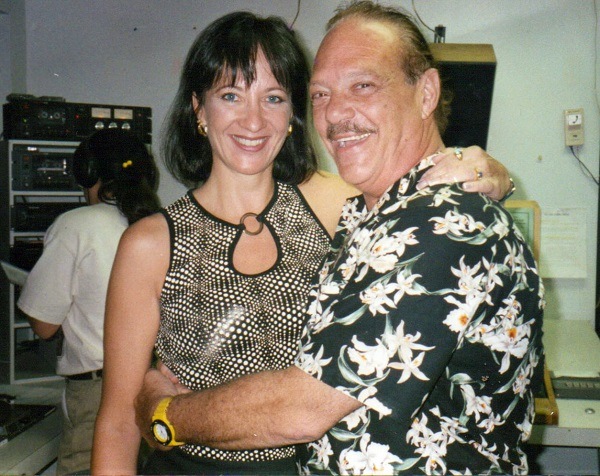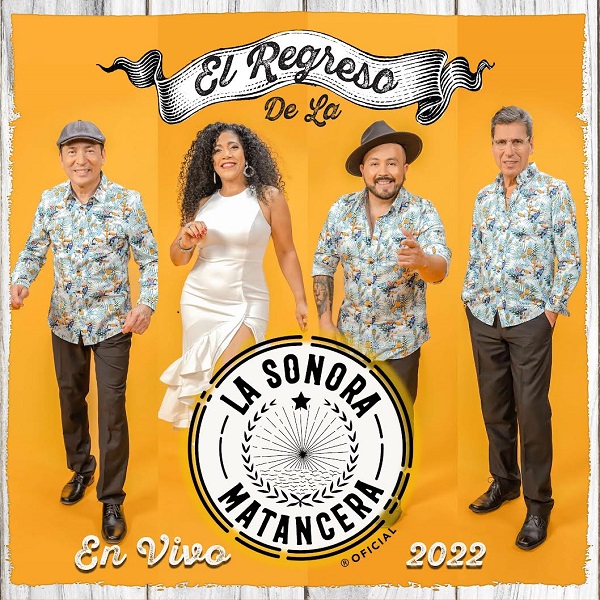Talking with Puerto Rican saxophonist Carmen Laboy is so pleasurable that it becomes a therapeutic experience for the listener as she leads the musical journey that has become her working life.
The enthusiasm with which she talks about her work is contagious. With that effervescence that characterizes her, for thirty years she balanced her work as a teacher with artistic contracts that led her to perform on countless stages. As an educator, until her retirement in 2012, she headed the Music Department at Columbus High School in New York. As a musician she remains active and current, accompanying when hired and conducting when it is her turn

She began her story by holding up a book of photographs while laughing out loud at the images that show a life surrounded by music greats at countless concerts.
Neither at the age of nine when she began taking private piano lessons, nor at the age of twelve when she auditioned for a place at the Escuela Libre de Música in her native Ponce, did she imagine that thanks to music she would travel the world accompanied by her inseparable baritone saxophone. Today she reflects and reports a full life, with no regrets.
Graduated from the Interamerican University of San Germán with a Bachelor’s degree in Music Education and Performance, she obtained her Master’s degree in Music Education and Orchestration from Herbert H. Lehman College in the Bronx, New York; but not before having been awarded a scholarship as an outstanding student by the Vienna International Music Center in Austria.

The saxophonist Pete Miranda also connected her to the New York music scene when orchestras on Puerto Rican soil denied her a place because she was a woman, forcing her to leave the island that taught her to love the music she continues to treasure and share with the world.
She decided not to comment on this unfortunate rumor. She preferred to thank that from then on she has not ceased to make music with large format orchestras (big band), delivering Latin music. Colleagues such as Tito Puente, José Madera, Eddie Montalvo, Jimmy Delgado, José Alberto “El Canario” and Frankie Morales have allowed the maestro to play her instrument while accompanying them or when she assumes the musical direction, as the case may be.

The rejection to which she was subjected, which at first glance seems to have been a stroke of luck, did not divert her from her goal. On the contrary, she found in it the strength to blow in other lands. More than five decades of musical work at the helm of her baritone saxophone with the orchestras of Tito Puente, Machito, Ray Santos, Joe Cuba, Frankie Morales, Tito Rodríguez, Jr., The Big 3 Palladium Orchestra, Kit McClue Big Band and Harbor Conservatory Latin Band; as well as having accompanied Choco Orta, Paquito Guzman, Andy Montañez and Cano Estremera -among others- attest that her priority has always been to remain active in the music scene; this while wearing the same uniform as her male counterparts, be it a tuxedo or a tie. Among musicians, Carmen Laboy lets the music do the talking, far from worrying about her gender.

Bella Martínez
Writer, Researcher in Afro-Caribbean music.












